Seeking Answers: What Is Needed To Prove Wrongful Death?
Overview
To prove wrongful death, you must show four elements: duty of care, a breach of that duty, causation linking the breach to the death, and measurable damages suffered by surviving family or the estate. Evidence such as medical records, autopsy reports, and expert testimony is often required.
Losing someone close to us is always difficult, and when that loss stems from another’s carelessness or wrongful actions, you may be able to file a wrongful death claim. A wrongful death lawyer can help guide you through this complex legal process. To prove wrongful death, your attorney needs to demonstrate four key aspects of the event.
There must have been a specific duty owed to the deceased, that duty was breached, and this breach directly caused the death, leading to damages for surviving family members or the estate.
Table of Contents
ToggleDefining a Wrongful Death Claim
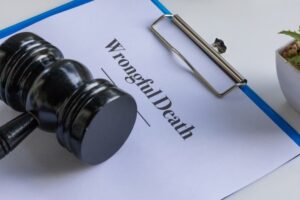
A wrongful death claim is a civil lawsuit. It arises when a person dies due to the legal fault of another individual, company, or entity. This fault typically involves negligence or a wrongful act.
These claims allow certain surviving family members, or the deceased’s estate, to seek compensation for the losses they suffered due to the death.
The purpose of such a claim is twofold:
- It provides financial relief to families who have lost support, companionship, and incurred expenses due to the death.
- It also serves as a way to hold the responsible party accountable for their actions. It’s a legal avenue for justice when a life is unjustly cut short.
4 Core Elements Needed To Prove Wrongful Death
Successfully establishing a wrongful death involves proving four core legal elements. Each element must be demonstrated with sufficient evidence. Failing to prove even one of these components generally means a wrongful death claim is unsuccessful.
1. A Duty of Care Existed
The first element is showing that the person or entity alleged to have caused the death owed a duty of care to the deceased. This means there was a legal obligation to act with a certain level of caution or responsibility.
Examples of a duty of care include:
- Drivers on the Road: All drivers have a duty to operate their vehicles safely and follow traffic laws to protect other motorists, passengers, and pedestrians.
- Doctors and Medical Staff: Healthcare providers owe patients a duty to provide medical treatment that meets their profession’s accepted standard of care.
- Property Owners: Premises owners generally have a duty to maintain their property in a reasonably safe condition to prevent harm to visitors.
Proving this duty often involves establishing the relationship between the defendant and the deceased. For instance, in a medical malpractice case, medical records establish the doctor-patient relationship and the inherent duty of care.
For cases stemming from an auto accident, general traffic laws outline the duties drivers owe each other.
2. A Breach of Duty
The next step is to demonstrate that the defendant breached or violated their duty of care. This breach signifies that the defendant failed to act as a reasonably prudent person or entity would have under similar circumstances.
A breach of duty takes many forms when considering what’s needed to prove wrongful death. It might be a truck driver running a red light, a surgeon making a preventable error during an operation, or a property owner failing to fix a known dangerous condition that led to a fatal fall.
3. Causation Between Breach and Death
Establishing causation means directly linking the defendant’s breach of duty to the person’s death. There are usually two aspects of causation to prove in establishing a wrongful death case: actual cause and proximate cause.
Actual cause means showing that the death would not have occurred without the defendant’s actions. Proximate cause means that the death was a reasonably foreseeable consequence of the defendant’s breach of duty.
The chain of events between the negligent act and the death must be clear. For instance, if a faulty product caused an explosion leading to fatal injuries, causation links the product defect to the death.
4. Damages Resulting From the Death
The final element is proving that the survivors or the estate suffered quantifiable damages as a direct result of the death. These damages represent the losses incurred due to the wrongful death.
A wrongful death claim, even with clear negligence and causation, cannot proceed without demonstrable damages. Damages in wrongful death claims vary by state and the specifics of the case.
They generally include economic losses such as:
- Funeral and Burial Expenses: You may seek compensation for the funeral and burial.
- Lost Financial Support: The estate can recover the income the deceased would have earned and contributed to the family over their expected lifetime.
- Loss of Services: Survivors can recover compensation for the value of tasks and services the deceased provided, such as childcare or household maintenance.
Non-economic damages, though harder to quantify, are also common. These may include loss of companionship, love, guidance, and society, as well as the mental anguish and suffering of the survivors.
Key Types of Evidence in Wrongful Death Lawsuits
Gathering and presenting compelling evidence is foundational to proving the elements of wrongful death. Various types of evidence play different roles in substantiating the claim. The specific evidence required for a wrongful death lawsuit depends heavily on the circumstances of the death.
Police reports or incident reports from workplace accidents provide an official account of the event. Medical records are vital, both from before the death if related to a prior condition exacerbated by negligence, and from any treatment received for the fatal injury.
An autopsy report can be a crucial piece of evidence to prove wrongful death by establishing the exact cause of death and any contributing factors. Eyewitness testimony from individuals who saw the accident or events leading up to it provides firsthand accounts.
Expert witness testimony is often needed, particularly in complex cases like medical malpractice or product liability. Accident reconstructionists, medical experts, or economists analyze evidence and offer opinions to help clarify how the death occurred and the extent of the damages.
Photographs and videos of the scene, vehicles, or hazardous conditions also offer tangible proof.
Who Is Eligible To File a Wrongful Death Action?
The laws dictating who is eligible to file a wrongful death action differ from state to state. Generally, specific surviving family members or a personal representative of the deceased’s estate initiates the claim.
In many states, like Florida and Washington, the deceased’s spouse, children, and parents (especially of minor children) are often primary parties. In some situations, other blood relatives or adoptive siblings who were financially dependent on the deceased might also qualify.
The personal representative, often named in the deceased’s will or appointed by the court, typically files the lawsuit on behalf of all eligible beneficiaries. They then distribute any recovered compensation according to state law and the individual losses of the beneficiaries.
An attorney helps clarify who holds the right to pursue a claim in a particular jurisdiction based on the specific family circumstances and the relevant state statutes.
How a Lawyer Helps You Prove Wrongful Death
Wrongful death lawyers have invaluable experience when it comes to filing a claim. They know how to prove the four elements and navigate the legal complexities. They become your family’s advocate, helping you recover compensation for your damages.
Gathering Comprehensive Evidence
An attorney undertakes the task of collecting all relevant evidence to prove wrongful death. This includes obtaining the police, accident, and incident reports. They secure medical records, autopsy findings, and any documentation related to the deceased’s health and the circumstances of the death.
They also work to identify and interview eyewitnesses who can testify to the circumstances of the death.
Engaging Qualified Experts
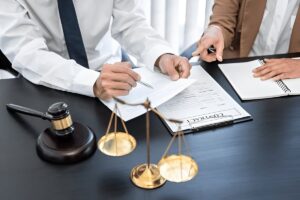
Your legal team identifies and retains necessary expert witnesses. For example, your lawyer can consult with medical professionals in the relevant specialty in a medical negligence case leading to death.
Lawyers sometimes work with accident reconstructionists, who are helpful for fatal traffic collisions to determine how the incident occurred. Economists and vocational experts calculate the full extent of financial losses stemming from the wrongful death.
Establishing Legal Fault
A lawyer analyzes the collected evidence to firmly establish the legal elements needed to prove wrongful death: duty, breach, causation, and damages. They construct a clear narrative showing how the defendant’s negligence or wrongful act directly led to the death.
Your attorney presents arguments and evidence demonstrating why the defendant is legally responsible.
Calculating Damages
Your attorney meticulously calculates all categories of damages available under the applicable wrongful death statutes. This involves gathering proof of financial losses, like lost income and funeral expenses.
Your attorney also presents evidence for non-economic losses, such as loss of companionship and emotional suffering. They articulate these losses to demonstrate the full impact of the death on the survivors.
Dealing With Insurance Companies and Opposing Counsel
Attorneys handle all communications and negotiations with the insurance companies for the at-fault parties and their legal representatives. They protect the interests of the surviving family members from attempts to deny the claim or minimize compensation.
Your lawyer manages the complexities of legal procedure and advocacy on behalf of the family seeking to prove wrongful death.
FAQ for What Is Needed To Prove Wrongful Death?
What Kind of Evidence Shows Negligence Caused a Death?
Evidence that shows negligence caused a death includes police or incident reports, eyewitness testimony, photographs or videos of the scene, medical records, autopsy reports, and expert testimony from specialists like accident reconstructionists or medical professionals.
What Is Causation in a Wrongful Death Lawsuit?
Causation is a direct link between the defendant’s breach of duty and the victim’s death. Actual cause means the death wouldn’t have occurred without the defendant’s actions. Proximate cause means the death was a foreseeable result of the breach.
Lawyers frequently use medical records, expert analysis, and a clear timeline of events to prove causation.
Is an Autopsy Report Needed To Prove Wrongful Death?
While not always strictly mandatory in every single circumstance, an autopsy report is often a very important piece of evidence. It can establish the cause of death and rule out or confirm contributing factors. This clarity helps prove causation in a wrongful death claim.
What If There Weren’t Eyewitnesses to My Loved One’s Death?
Even without direct eyewitnesses to the moment of death, it’s still possible to prove wrongful death. Circumstantial evidence, expert analysis (like accident reconstruction), physical evidence from the scene, medical records, or admissions from the defendant can all be used to build a strong case.
How Long Do I Have To File a Wrongful Death Claim?
The deadline (statute of limitations) to file a wrongful death claim varies by state. In Washington, the statute of limitations is generally three years from the date of the death. In Florida, it’s typically two years from the date of the death.
These deadlines are strict; missing them usually means losing your right to sue. Speak with an attorney as soon as possible to understand how these time limits apply to your specific situation.
Clarity and Compassion From Boohoff Law, P.A.
The journey following the loss of a loved one due to someone else’s actions is undeniably difficult. At Boohoff Law, P.A., our experienced personal injury attorneys help victims seek justice and accountability for the loved one they lost.
If you are grappling with such a loss and have questions about what is needed to prove wrongful death, call us for free today at (813) 445-8161.
Free Consultation
We Are Here For You 24/7
Reviews
– Elissa M.
“Really pleased with Boohoff Law! Received immediate responses when I had any questions. Treated amazingly by all staff … made this process a true breeze!”
– Caitlyn M.
– Brandy K.
Related Posts
I Was Partially At-Fault in a Rear-End Crash. Can I Still Get Compensation in Florida?
I Was a Passenger in an Uber Accident. What Are My Rights?
What Damages Can I Recover After a Jackknife Truck Accident?
Recovery is personal.
We’re here for you.
We’re close by. And if you can’t make it to us, we’ll meet you where you need us, at home or in the hospital.
You're better off with Boohoff.


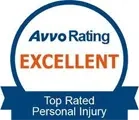
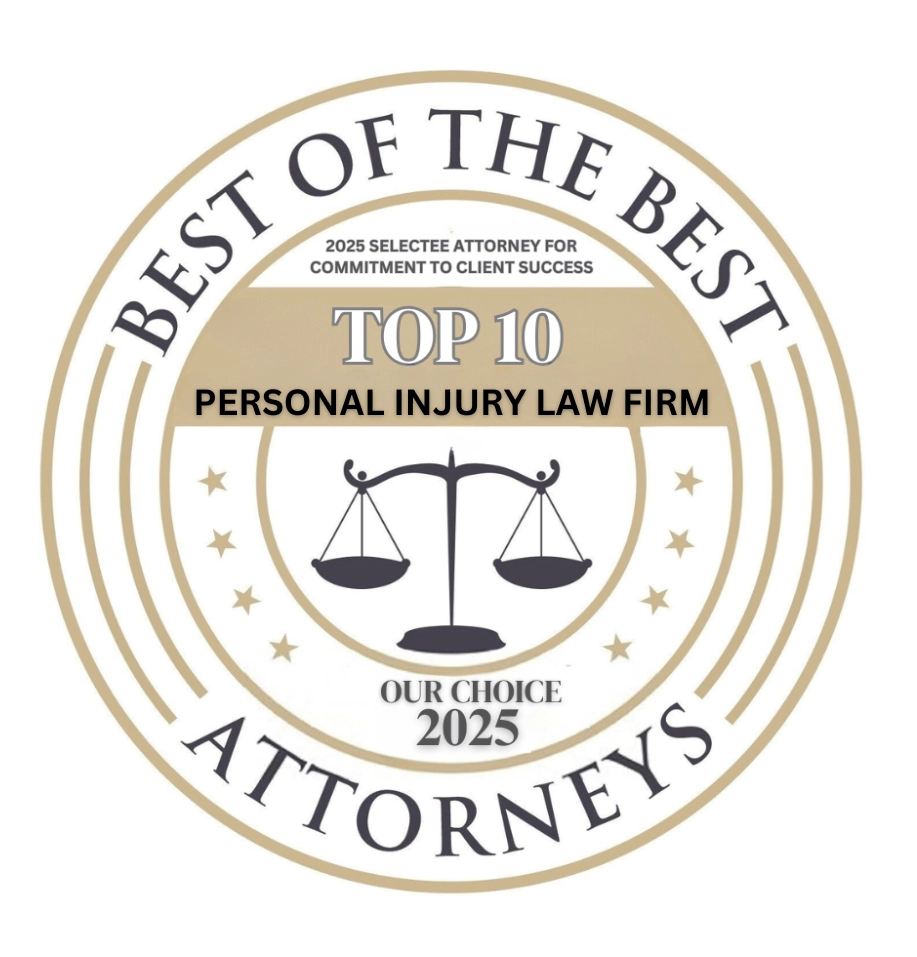
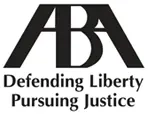
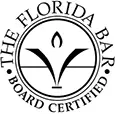
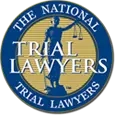




The information on this website is for general information purposes only. Nothing on this site should be taken as legal advice for any individual case or situation. This information is not intended to create, and receipt or viewing does not constitute, an attorney-client relationship.
available 24/7
(877) 999-9999
